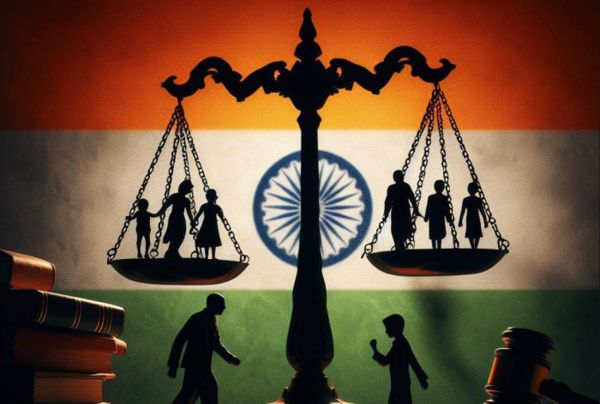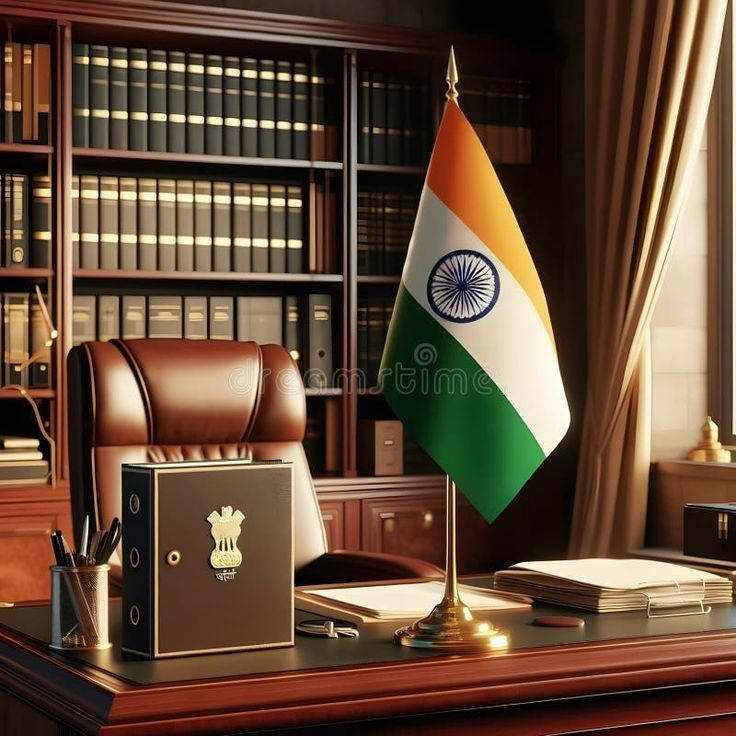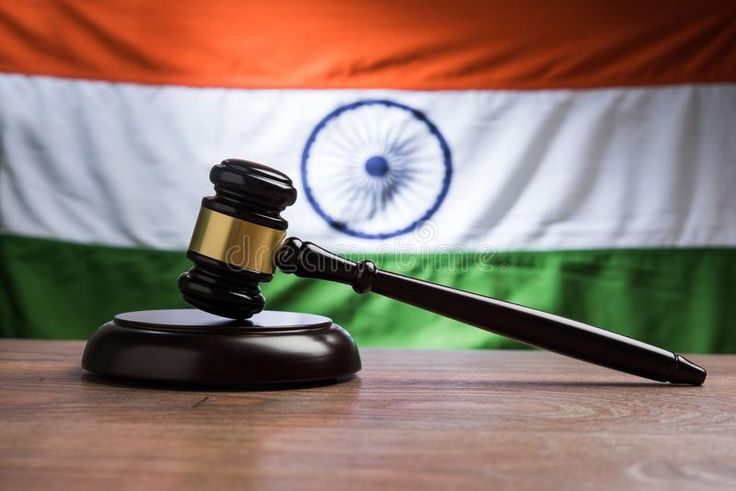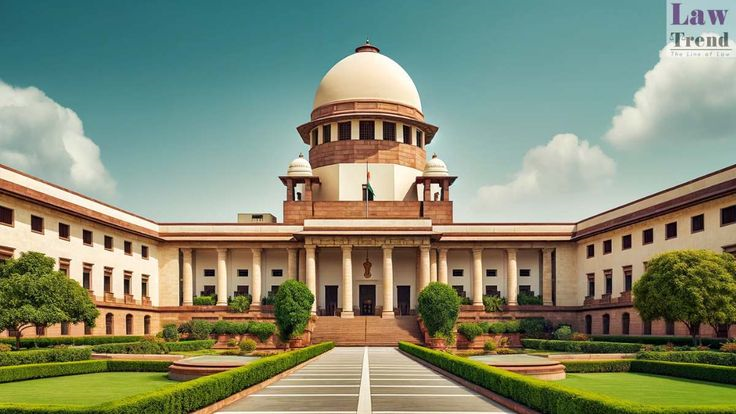Safeguarding the Federal Balance
The Indian Constitution establishes a federal system with a strong unitary bias. While states enjoy autonomy in their own spheres, the Union Government has been given certain powers to intervene in state affairs in exceptional situations to maintain constitutional order. One such mechanism is the President’s Rule, proclaimed under Article 356, which deals with the “Failure of Constitutional Machinery in a State.”
This provision ensures that constitutional governance does not collapse in any state. However, it also raises concerns about federal overreach and political misuse, making Article 356 one of the most debated provisions in Indian Constitutional Law.
Constitutional Provision: Understanding Article 356
Article 356(1) of the Constitution states that:
If the President, on receipt of a report from the Governor of a State or otherwise, is satisfied that a situation has arisen in which the Government of the State cannot be carried on in accordance with the provisions of this Constitution, the President may by Proclamation—
(a) assume to himself all or any of the functions of the Government of the State;
(b) declare that the powers of the Legislature of the State shall be exercisable by or under the authority of Parliament;
(c) make incidental and consequential provisions as necessary.
This is commonly referred to as President’s Rule or State Emergency.
Grounds for Proclamation of Article 356
The failure of constitutional machinery may occur due to:
- Breakdown of Law and Order: When the state machinery fails to maintain peace and public order.
- Loss of Majority: When the ruling government in the state loses confidence of the legislative assembly and no alternative government can be formed.
- Constitutional Non-Compliance: When the state government acts contrary to constitutional provisions.
- Political Instability: When there is a hung assembly or no stable coalition possible.
- Financial Paralysis: When the state is unable to pass its budget or carry out constitutional duties.
However, the President must act on objective grounds, not political convenience. The Governor’s report plays a crucial role in recommending such action.
Procedure for Proclamation under Article 356
- Governor’s Report: The Governor sends a report to the President stating that the constitutional machinery in the state has failed.
- President’s Satisfaction: The President, after considering the report (or otherwise), may issue a Proclamation of President’s Rule.
- Parliamentary Approval: The Proclamation must be approved by both Houses of Parliament within two months.
- Duration: Initially valid for six months, it can be extended up to three years with parliamentary approval.
- Judicial Review: Although originally considered a matter of President’s discretion, the S.R. Bommai Case (1994) brought such proclamations under judicial scrutiny.
Effects of President’s Rule
When Article 356 is invoked:
- The Council of Ministers of the State is dismissed.
- The Governor administers the State on behalf of the President.
- The State Legislative Assembly may be suspended or dissolved.
- Parliament assumes legislative powers of the State.
However, the Constitution remains in force in the state — only the executive and legislative machinery is temporarily taken over by the Union.
This ensures continuity of governance, but must be used as a temporary corrective tool, not a weapon for political control.
Misuse and Abuse of Article 356
Historically, Article 356 has been misused for political purposes. Between 1950 and 1994, it was invoked over 90 times, often when the ruling party at the Centre was different from that in the State.
For example:
- In 1959, the Kerala Government (first Communist government) was dismissed under Article 356.
- In 1977 and 1980, several state governments were dismissed following Lok Sabha elections due to political differences.
This led to strong criticism, as it was perceived as undermining federalism and disrespecting the people’s mandate.
Landmark Judicial Interpretations
(i) State of Rajasthan v. Union of India (1977)
- The Supreme Court held that the President’s satisfaction cannot be questioned in court except on limited grounds.
- However, it stated that the power must be exercised sparingly and only when there is genuine constitutional breakdown.
(ii) S.R. Bommai v. Union of India (1994)
This is the most important judgment on Article 356.
- The Court held that President’s Rule is subject to judicial review.
- Mere loss of majority must be proved on the floor of the House, not decided by the Governor.
- Secularism was declared part of the Basic Structure — using Article 356 for political or communal reasons is unconstitutional.
- The Court can restore the dismissed government if the proclamation is found unconstitutional.
This case transformed Article 356 from a political weapon into a constitutional safeguard, reaffirming federalism and judicial oversight.
(iii) Rameshwar Prasad v. Union of India (2006)
- The Court struck down the dissolution of the Bihar Assembly (2005) before its first session, calling it arbitrary and unconstitutional.
- It emphasized that Governor’s reports must be based on relevant and verified material, not political speculation.
Safeguards against Misuse of Article 356
The Supreme Court and constitutional practice have evolved several checks to prevent arbitrary use:
- Judicial Review – The President’s satisfaction is not beyond review; courts can strike down a proclamation if mala fide or arbitrary.
- Floor Test Principle – The majority of a government must be tested on the floor of the assembly.
- Parliamentary Approval – The two-month approval requirement ensures democratic accountability.
- Limited Duration – The rule cannot continue indefinitely without parliamentary renewal.
- Governor’s Responsibility – The Governor must act impartially and on factual grounds, not political motives.
Federalism and Article 356: A Delicate Balance
Article 356 serves as a constitutional safety valve, ensuring that governance in a state continues even in cases of constitutional breakdown. However, it must be used cautiously to maintain the federal spirit of the Constitution.
While the Union Government is duty-bound to preserve constitutional order, excessive or politically motivated interference erodes the autonomy of states. The S.R. Bommai judgment struck the right balance by allowing federal intervention only as a last resort, under judicial scrutiny.
Mnemonic to Remember — “F.A.I.L.E.D.”
Use the mnemonic “F.A.I.L.E.D.” to easily recall the key points about Failure of Constitutional Machinery (Article 356):
- F – Federal Balance: Maintains unity but must respect state autonomy.
- A – Article 356: President’s Rule on Governor’s report or otherwise.
- I – Important Cases: State of Rajasthan (1977), S.R. Bommai (1994), Rameshwar Prasad (2006).
- L – Legal Safeguards: Judicial review, floor test, parliamentary approval.
- E – Effects: Suspension of state government and legislature.
- D – Duration: Valid for 6 months, extendable up to 3 years with approval.
Mnemonic Meaning: “Federal Article Includes Legal Effects and Duration” — capturing the essence of Article 356 and its constitutional application.
About lawgnan
Discover the true essence of federalism and constitutional balance in India by exploring Article 356 and President’s Rule at Lawgnan.in. Learn how this vital constitutional provision safeguards governance during emergencies while preventing misuse through judicial oversight. Understand the landmark S.R. Bommai judgment, key constitutional safeguards, and the principles ensuring unity with autonomy. Ideal for law students, judiciary aspirants, and UPSC candidates, this article simplifies the complexities of President’s Rule with real examples and case laws. Visit Lawgnan.in today to strengthen your grasp on Indian federalism, judicial review, and constitutional governance in times of crisis.




